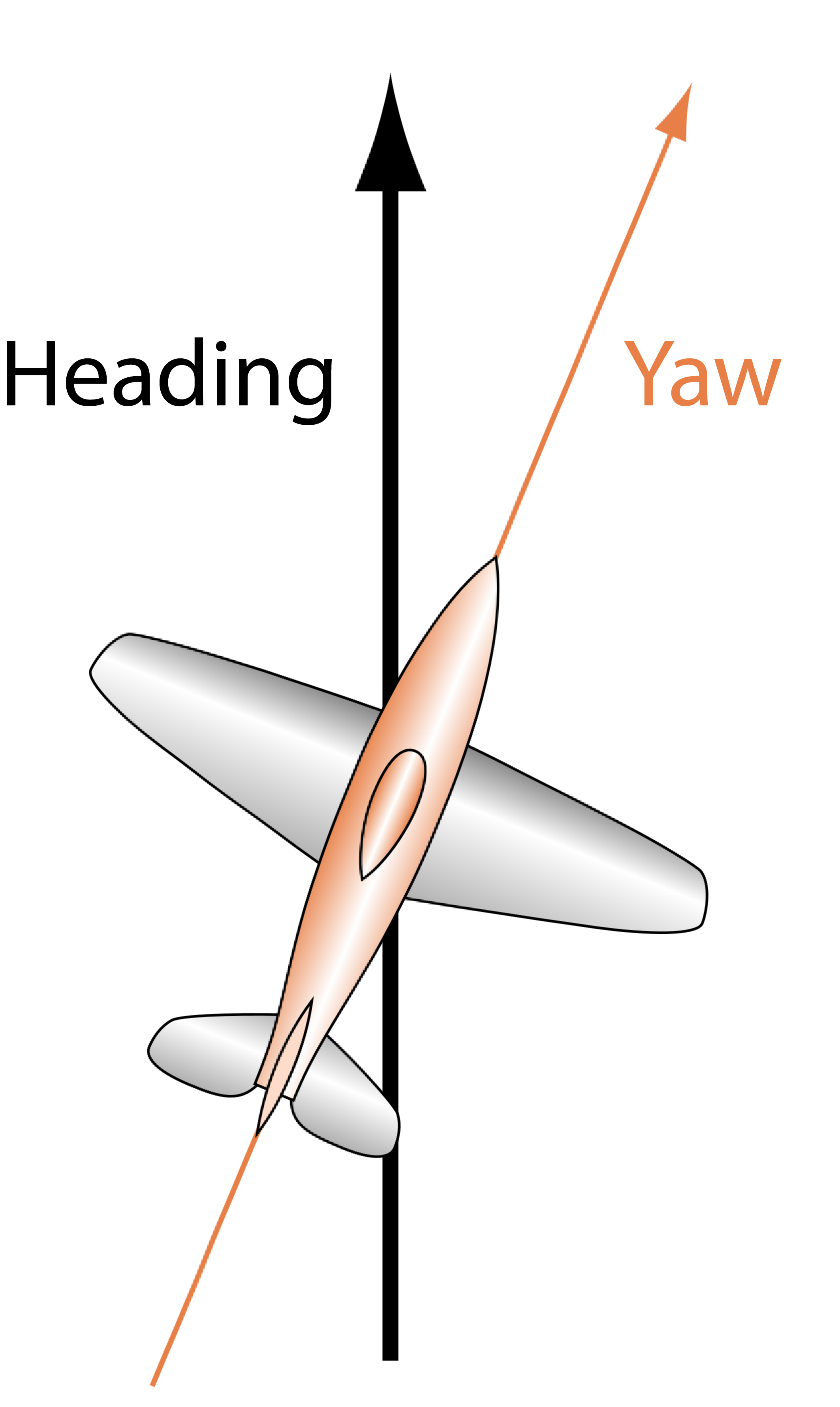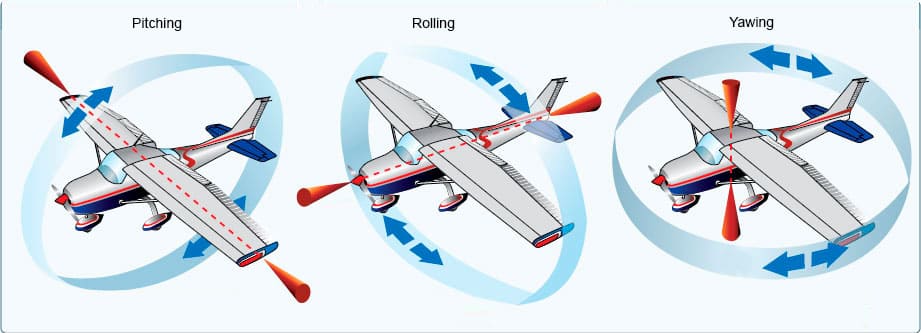Software applications for Veronte Autopilot 1x¶
Veronte Link¶
Veronte Link stablishes communication between a computer and any Veronte product by creating a VCP bridge. It allows to use multiple control stations and autopilots to be interconnected, operating simultaneously. Veronte Link also includes a post-flight viewer, to reproduce all recorded data from previous flights and generate plots and reports.
Fore more information, visit the Veronte Link user manual.
1x PDI Builder¶
1x PDI Builder is the main configuration tool to adapt a Veronte Autopilot 1x to a specific vehicle, including user-defined commnication protocols. 1x PDI Builder includes:
Telemetry: real-time onboard UAV metrics, such as sensors, actuators and control states.
Configuration: edit vehicle settings, such as servo trim, interface/port management and modes.
Automations: actions that are automatically executed when a set of configured conditions are accomplished.
Block Programs: Veronte Autopilot 1x can be programmed with a friendly-user programming language.
For more information, visit the 1x PDI Builder user manual.
Veronte Ops¶
Veronte Ops is the application employed to operate and monitor the vehicle during missions.
Veronte Terrain Provider estimates and displays the terrain height and the aircraft height, so it prevents collisions. It is executed automatically when the computer starts up, except for the first time it is used.

Heights example from Veronte Ops widget¶
For more information about both applications, visit the Veronte Ops user manual.
Veronte HIL¶
Veronte HIL (Hardware In the Loop) is a simulation package for autopilots integration, developement, and operator training. This software allows to extensively operate the flight system in a simulated environment, prior to executing real flight operations. Its role is to perdorm HIL simulations with the real autopilot hardware, allowing to use simulation applications like X-Plane, Microsoft Flight Simulator or simulink.
For more information, visit the Veronte HIL user manual.
Veronte Updater¶
Veronte Updater updates all Embention products.
For more information, visit the Veronte Updater user manual.
1x PDI Calibration¶
1x PDI Calibration setups calibration parameters for 1x autopilots. It allows the user to calibrate sensors, servos and configure the radio module.
For more information, visit the 1x PDI Calibration user manual.
Veronte FDR¶
Veronte FDR manages autopilot files, it allows to download the registers generated by the autopilot and convert them to csv files. Three types of registers can be downloaded: Onboard log, Fast log and User log.
For more information, visit the Veronte FDR user manual.
Veronte VSA¶
Veronte VSA (Virtual Situational Awarness) works using a flight simulator for representing the worldwide geographical scenarios: lands, seas, mountains, cities, airports, airfields, heliports… In addition, an internet connection is not necessary, so it can be operated from any location without any delays in scenario loading.
Veronte VSA displays a 3D view of the aircraft which is being piloted, while it allows to use it as a 3D PFD (Primary Flight Display) when using the first person camera view. This system allows to display custom aircraft models in the virtual environment. Planemaker tool is available for creating custom models, thereby the operator can see in the interface aircraft model.
1x PDI Tuning¶
1x PDI Tuning allows to manage the control laws of the autopilot 1x during operation. The user can adjust each of the P (proportional) I (integral) D (derivative) gains and also the PID type (standard or parallel).
For more information, visit the 1x PDI Tuning user manual.
Nomenclature¶
This section defines the nomenclature convention employed by the software applications.
Reference directions¶
Yaw is the direction where the aircraft is pointing to. It does not depend on the movement, since yaw is aligned with the longitudinal axis of the aircraft.
Heading is the movement direction projected to the ground. Heading does not depend on wind or yaw direction, it just depends on the ground and the aircraft movement.

Direction names¶
Axes¶
All signs are defined according to the international aeronautical axes convention: it is considered positive any deflection that generates positive rotational forces repect to the aerodynamic centre of the aircraft, except for “y” axis (elevator) where it is considered negative.
For example, an elevator going down will generate a positive pitch so the elevator is considered positive on low position. Main actuators rules:
Actuator |
Positive |
Negative |
|---|---|---|
Elevator |
Down |
Up |
Rudder |
Right |
Left |
Right Aileron |
Up |
Down |
Left Aileron |
Down |
Up |
Tail Rotor |
Right |
Left |
In addition, rotation names are summarized in the next figure:

Rotation names¶
